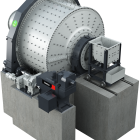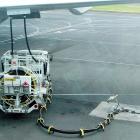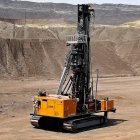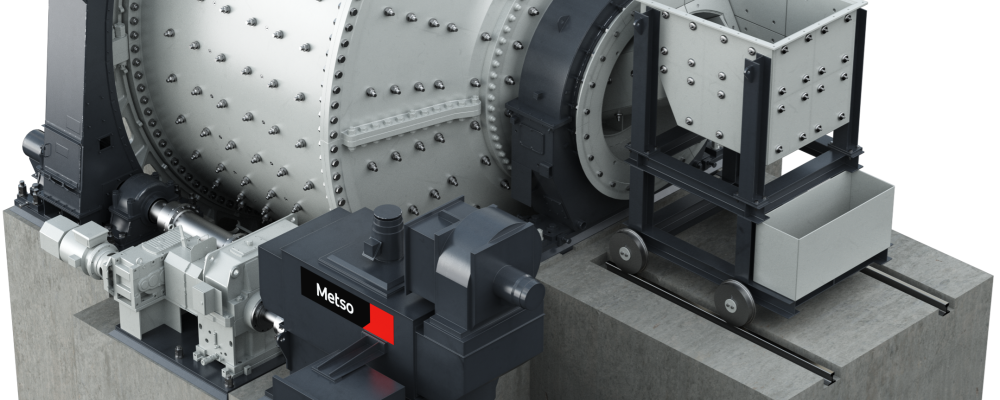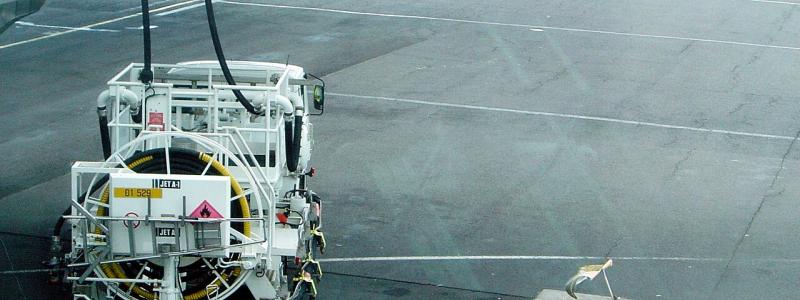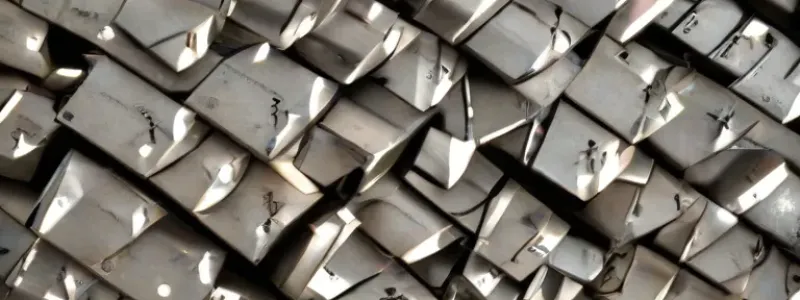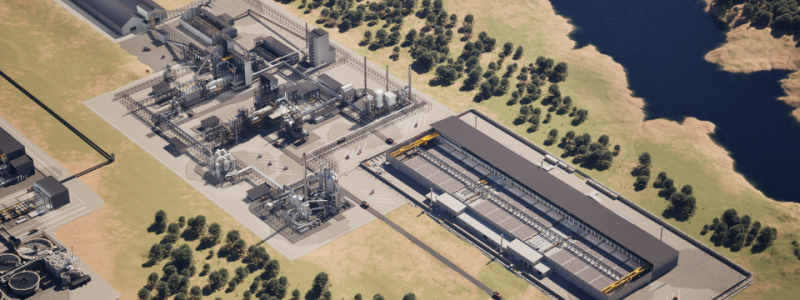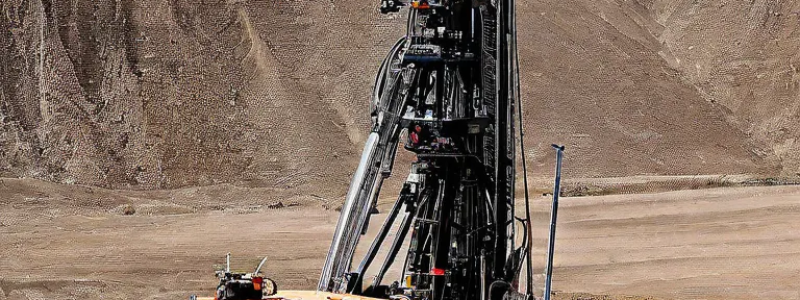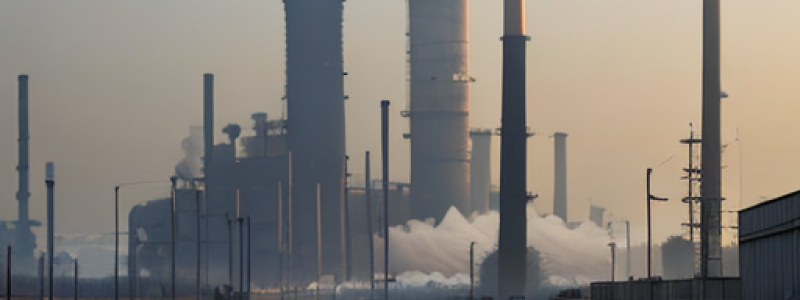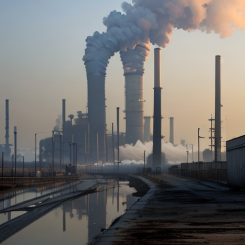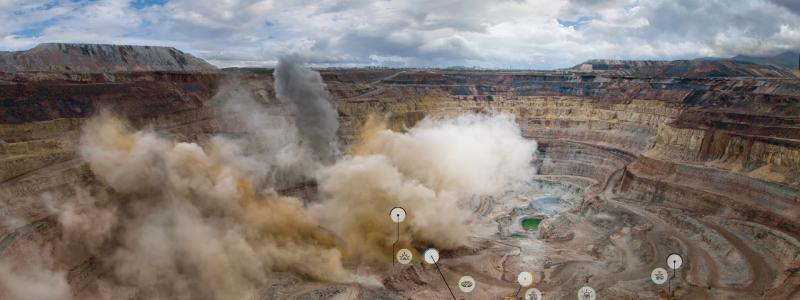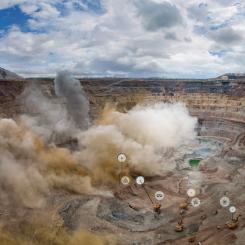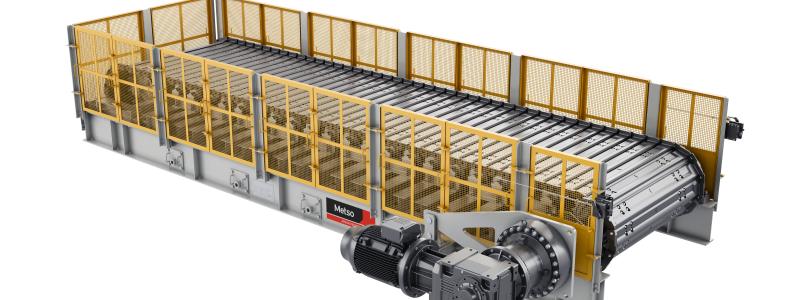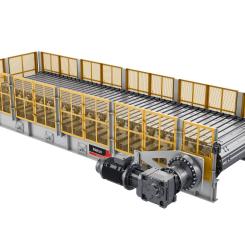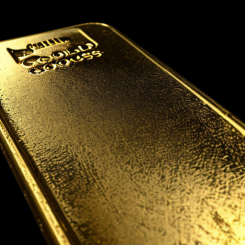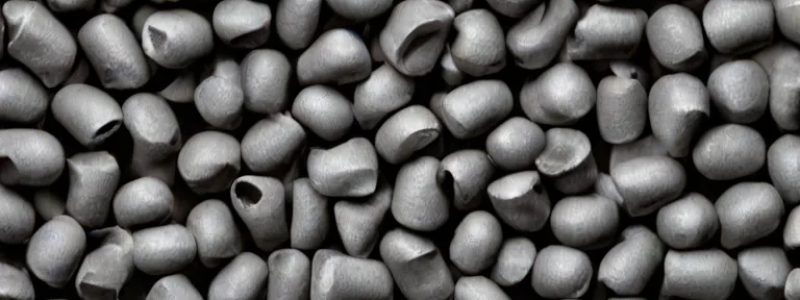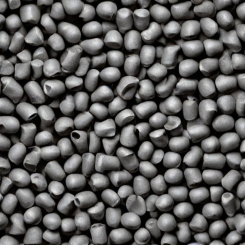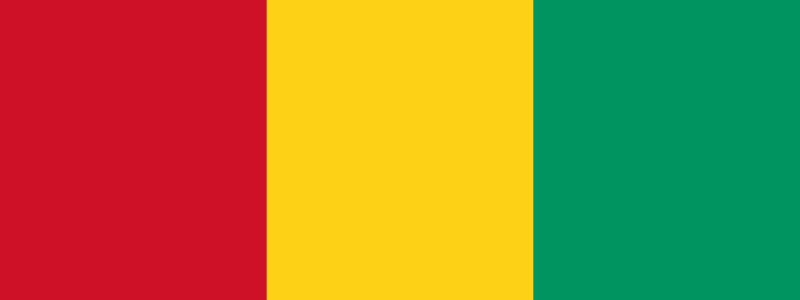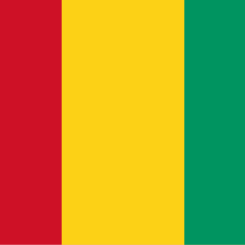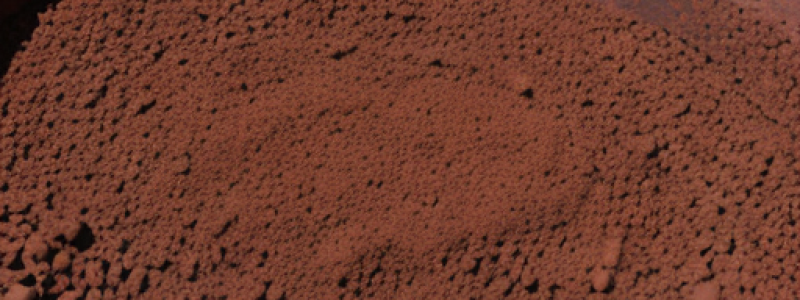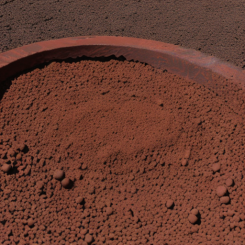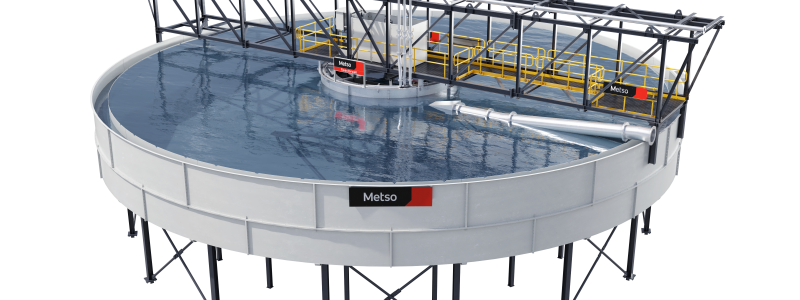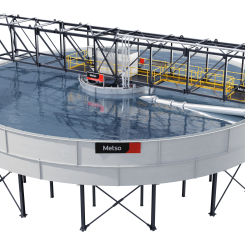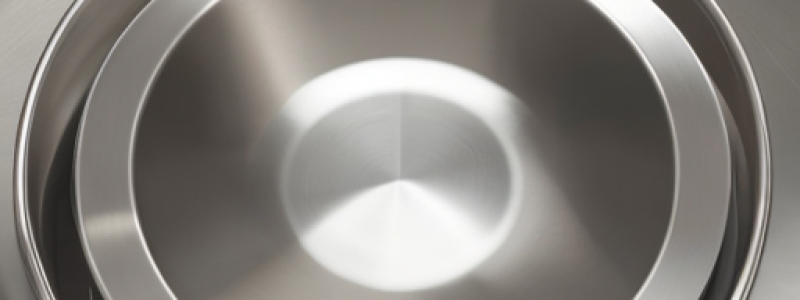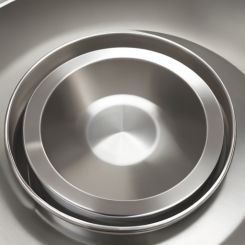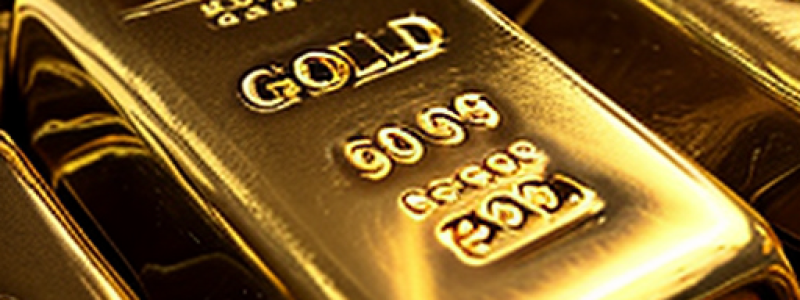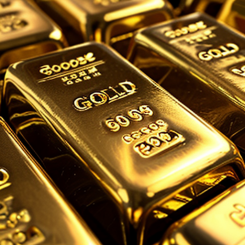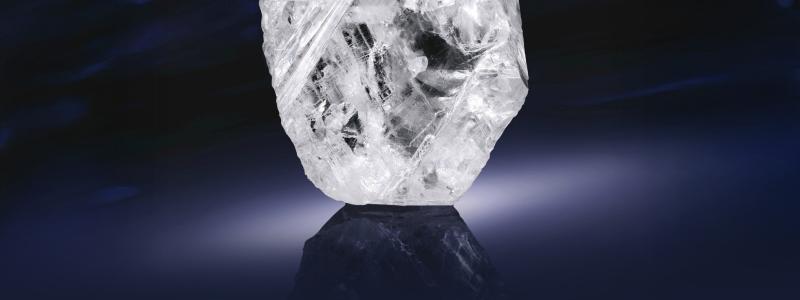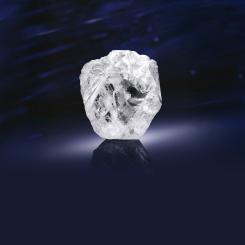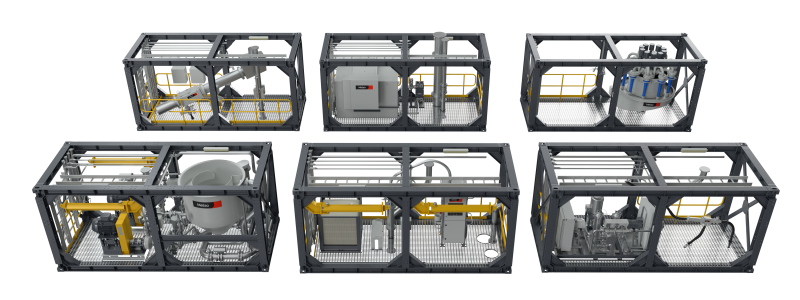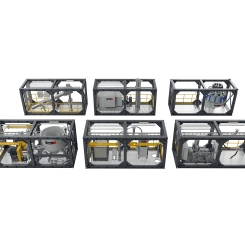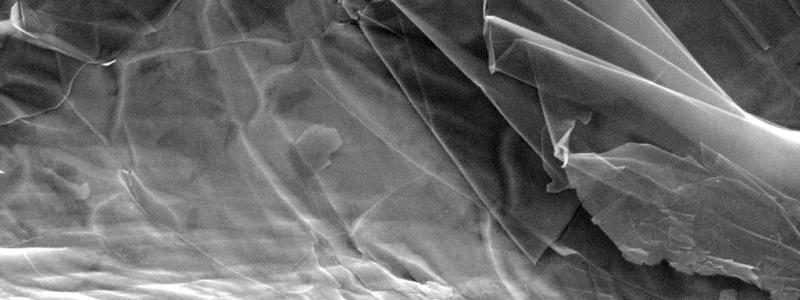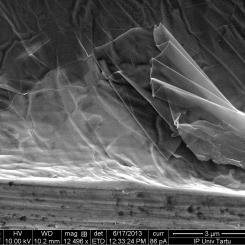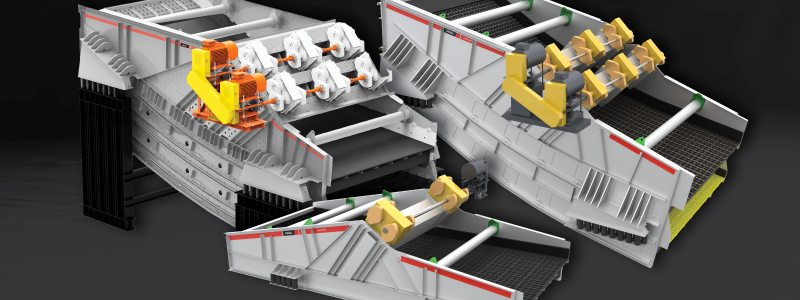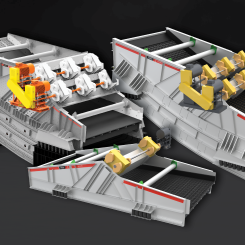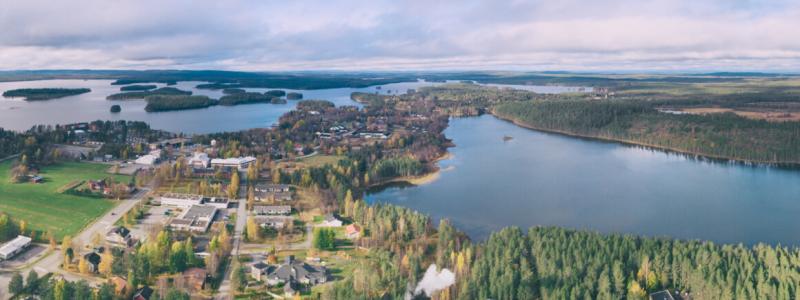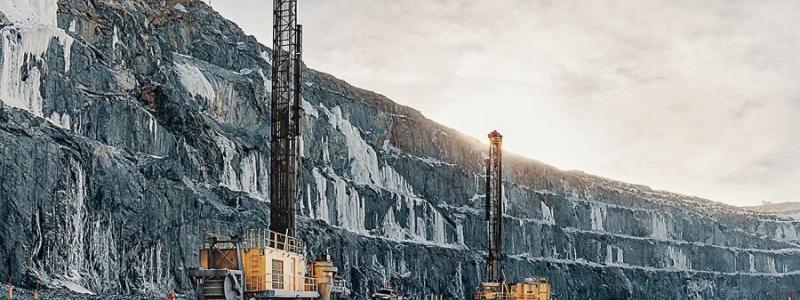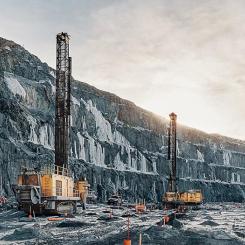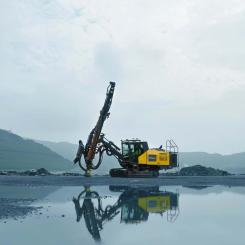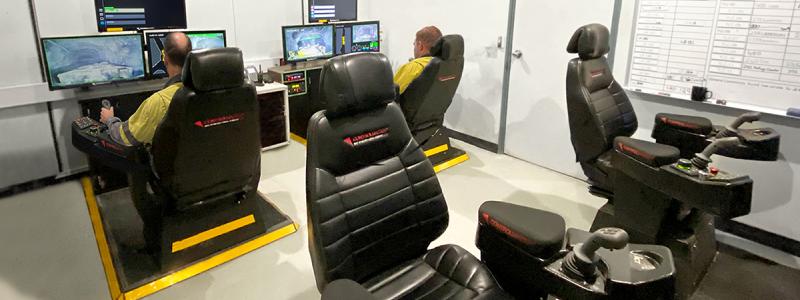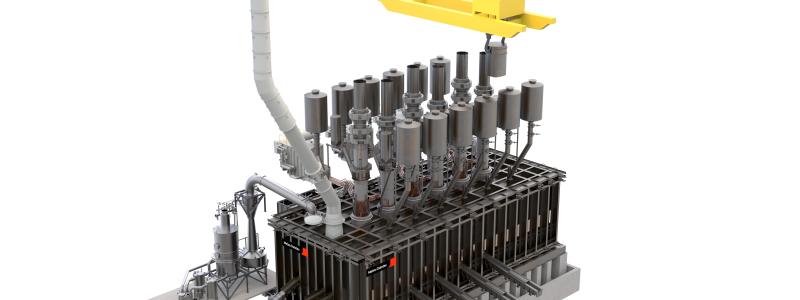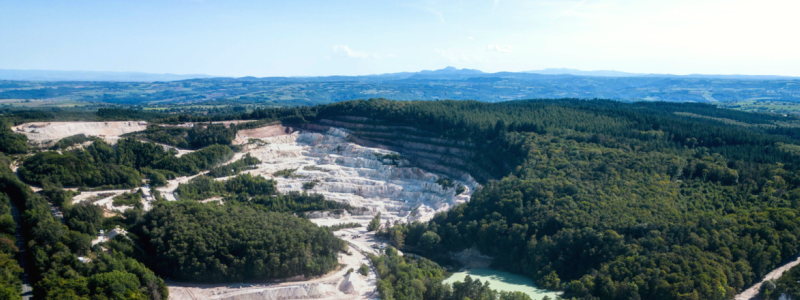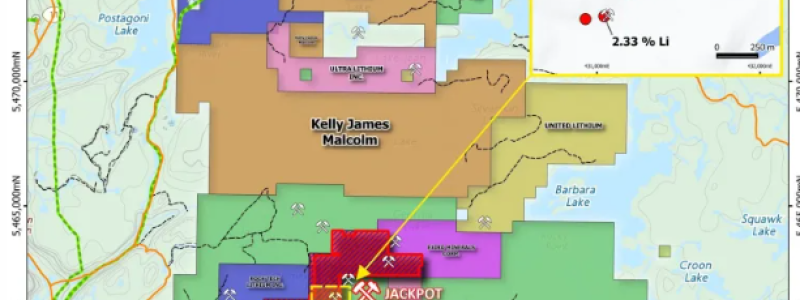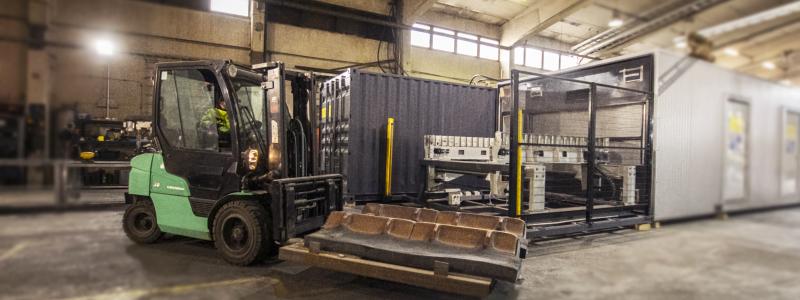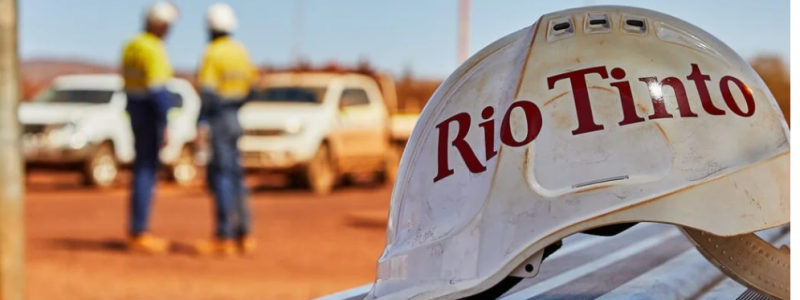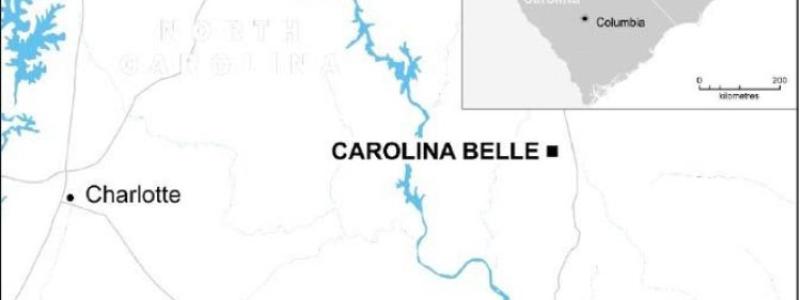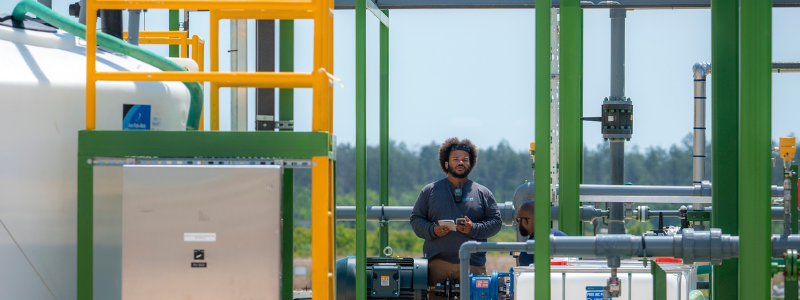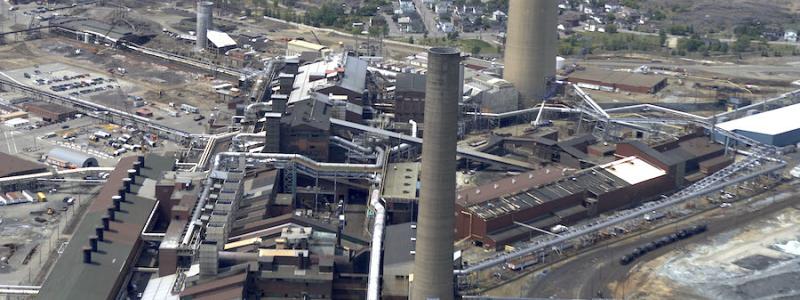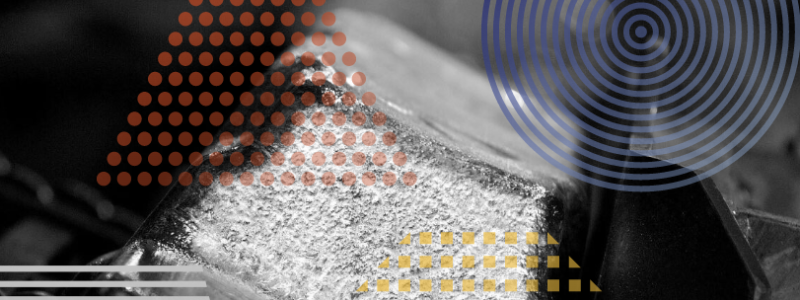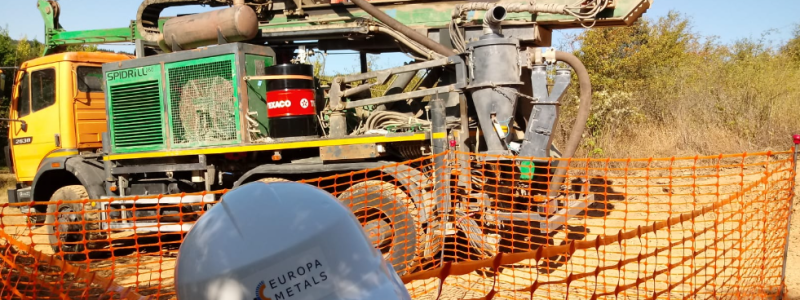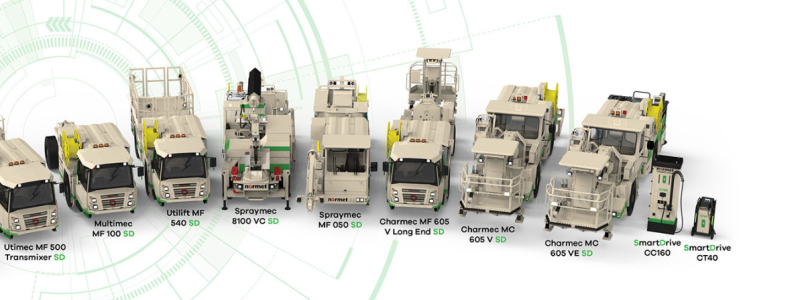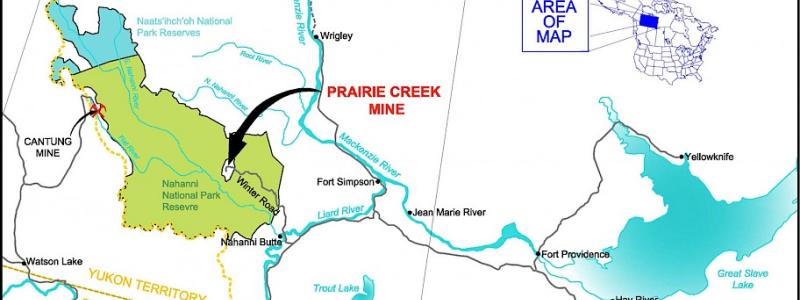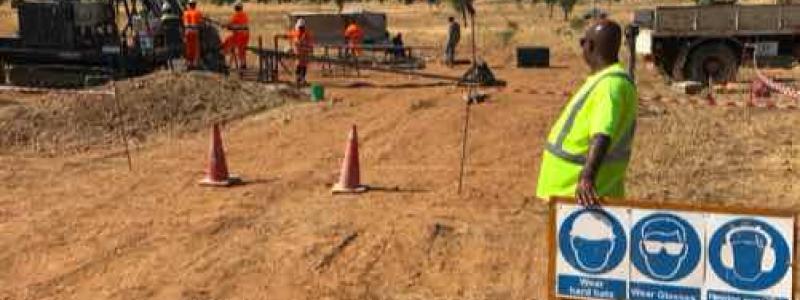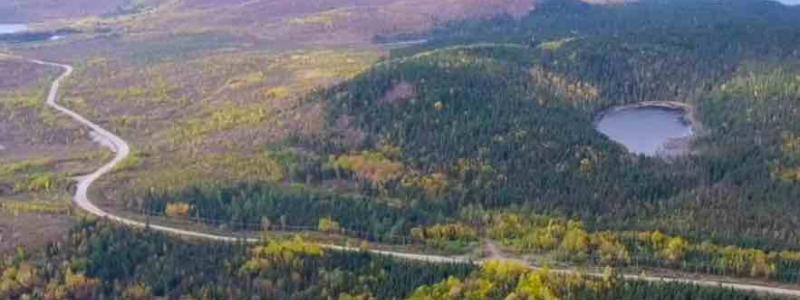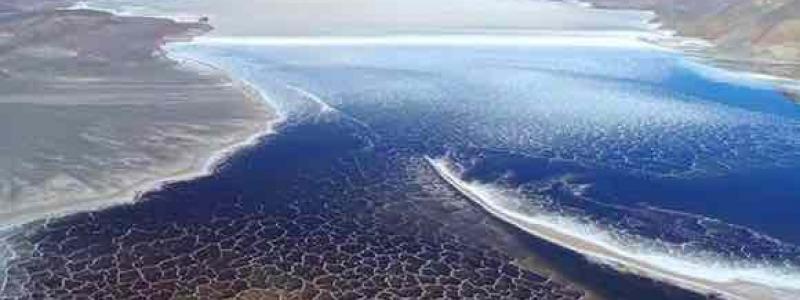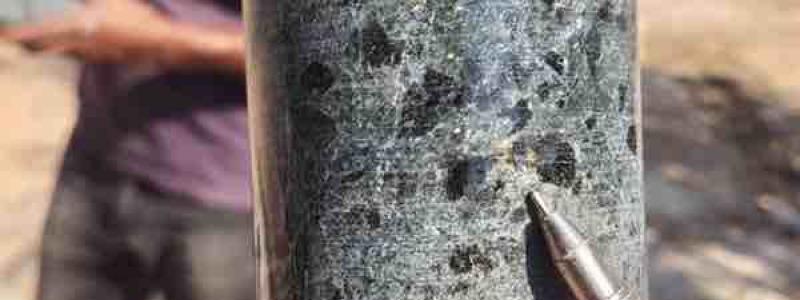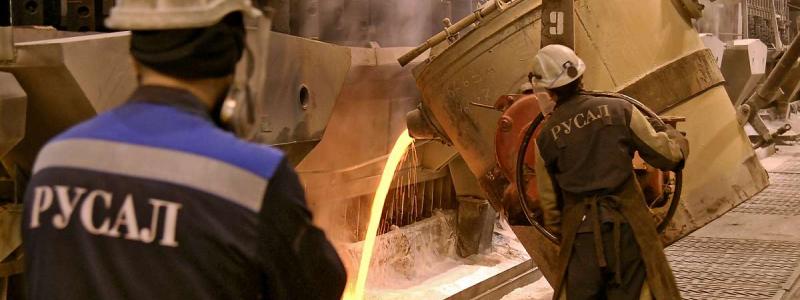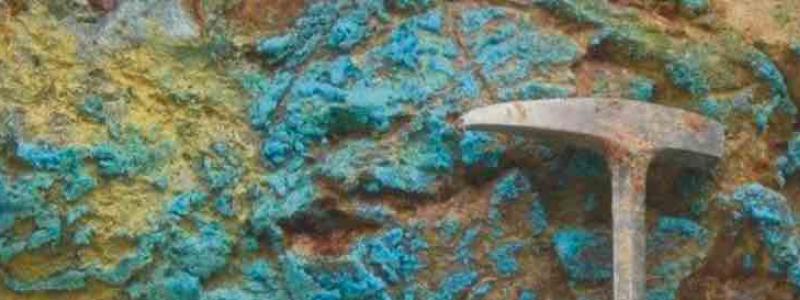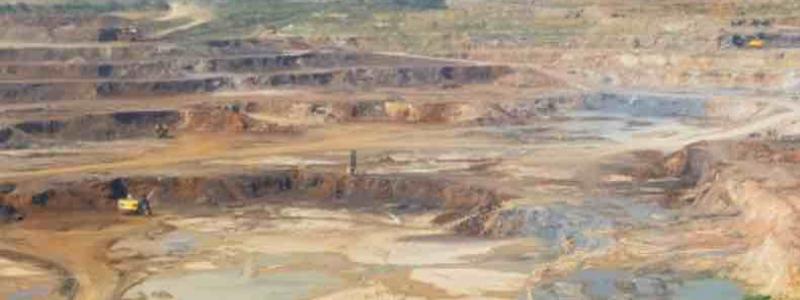Finland is ranked as the world's fifth most desirable destination for mining. Among several unique mineral deposits is the gold that attracts, among other things, thanks to a so-called bling-bling culture in India and China.
Finland has become Europe's most attractive target for mining, after Sweden and Ireland, according to a survey from the Fraser Institute. These include metals for electric car batteries such as nickel and cobalt, as well as deposits such as copper, zinc and phosphate. In particular 2007-2011, Finland attracted a bunch of international investors who literally hope to sell gold. Also this year a new mine opens in Valkeakoski.
The gold average price in 2007 was $ 697 per troy-ounce (a metric for precious metals). The value started shining in autumn 2008 when the financial crisis escalated and stock markets collapsed. In the summer of 2011, the gold price was the record high, around $ 1,900. Now the mining industry is heading towards the north.
One of the lock bites is the Geological Research Center (GTK), which free offers a large database of mapped ore deposits. GTK estimates the value of ore deposits in Finland to about 500 billion euros.
A few years ago, Finland passed Sweden in gold production when a series of gold mines - all in foreign ownership - turned up. At present four gold mines appear in Finland while two projects are still on the ice.
Alone in the heavyweight class is the Suurikuusikko mine in Kittilä, owned by Canadian Agnico Eagle Mines. It is Europe's largest gold mine.
A smaller mine is Pampalo in Ilomantsi, owned by Swedish Endomines. There, it has been forced to progress selectively as a result of weak profitability. Australian Dragon Mining operates gold mines in Huittinen and in Orivesi and opens the third mine in Valkeakoski during the spring.
A weak gold prize has also harvested victims among those seeking shelter. In 2014, after the gold price fell, the Pahtavaara mine in Sodankylä closed when Swedish Lapland Goldminers went bankrupt. Similarly, the Swedish Nordic Mines cut off production in Laivakangas in Brahestad.
All mines operating in Finland, except Outokumpu and Talvivaara, are ironically in foreign ownership. Even in the 1980s, Outokumpu had a monopoly, due to low commodity prices, then it dropped or sold almost all operations. At the same time, a great deal of industry expertise was wiped out.
In recent years, ore prices have risen, while new coating techniques open up the exploitation of weaker ore deposits. In the absence of domestic muscles, the void has been filled with foreign skills and capital. In 2006-2016, the mining companies invested EUR 4 billion in Finland, of which 600 million in the new market.
FACTS
Gold mines in Finland:
Kittilä-Agnico-Eagle Ltd
Pampalo - Endomines
Orivesi - Dragon Mining Oy
Jokisivu (Huittinen) - Dragon Mining
Pahtavaara (closed)
Laiva (closed)
Kaapelinkulma (Valkeakoski), opens in 2018 - Dragon Mining
The building of a strong domestic mining system does not seem realistic, the government could consider introducing royalties for the utilization of ore. Admittedly, Agnico Eagle is exceptionally paying a license fee for Kittilä, but the sum landed at just under EUR 4 million in 2016.
The deposit of Kittilä in 1998 was sold by Paavo Lipponen's government for 200,000 euros to Swedish Riddarhyttan Resources Ab, which sold it to the Canadians. In Kittilä, over one million ounces of gold have been produced since the opening of 2009, the remaining deposits are estimated at more than three million ounces and will last at least until 2035. With the actual revenues, around five billion euros, one could finance Finland's defence force for two years.
Source: HBL

